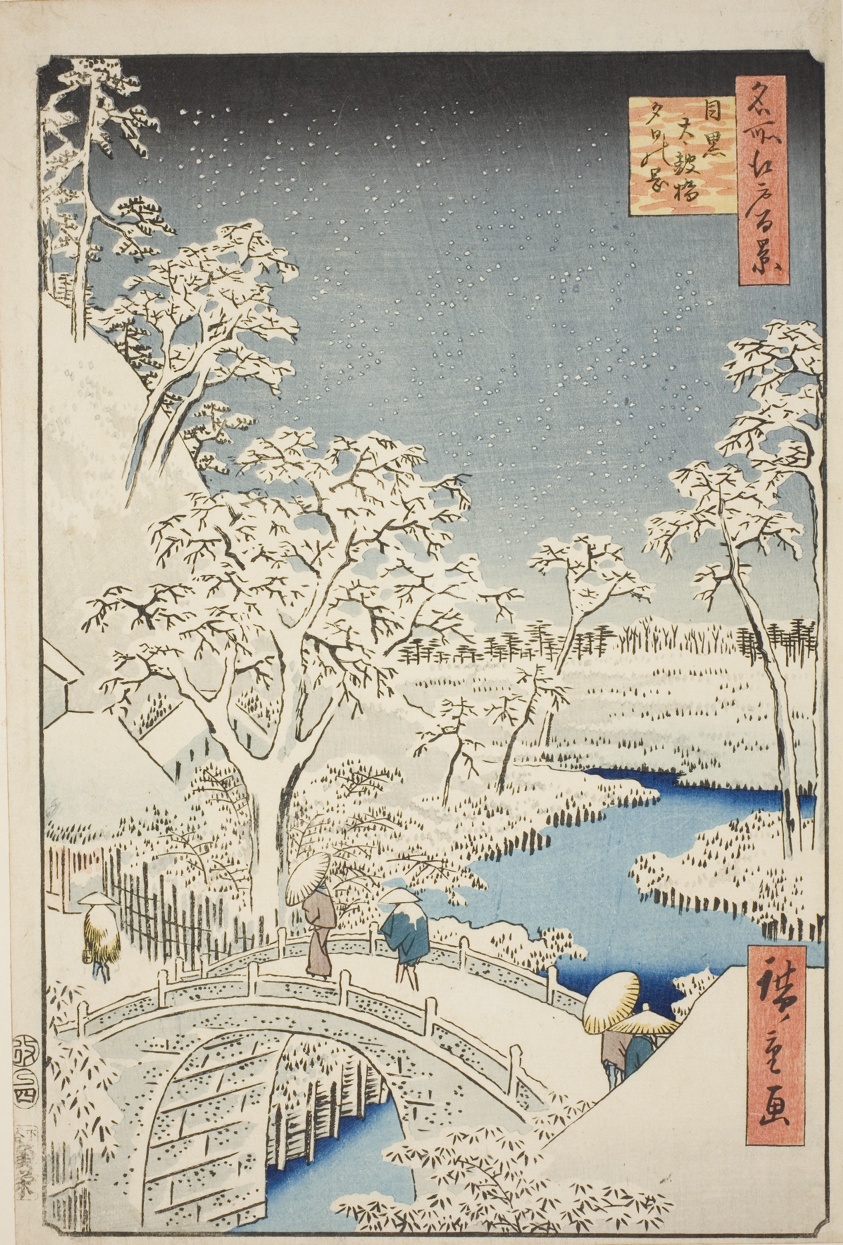Wes Anderson has been making feature films for 27 years now, and in that time his work has grown more temporally and geographically specific. Though shot in his native Texas in the late nineteen-nineties, his breakout picture Rushmore seemed to take place in no one part of the United States — and even more strikingly, no one identifiable era. Few filmgoers had seen anything like Anderson’s clean-edged retro sensibility before, and in subsequent projects like The Royal Tenenbaums and The Life Aquatic with Steve Zissou, it intensified considerably. Then, in 2012, came Moonrise Kingdom, which took the Andersonian aesthetic to a particular time and place: New England in the fall of 1965.
Since then, Anderson and his collaborators have told stories in their distinctive visions of Eastern Europe, Japan, and France — but always, explicitly or implicitly, in one period or another of the mid-twentieth century. Judging by its newly released trailer, the events of Anderson’s next film Asteroid City occur in perhaps the most mid-twentieth-century year imaginable, 1955, and in small-town America at that.
Or rather, very small-town America: Asteroid City itself appears to be located in the middle of the Arizona desert (though shot in Spain, in keeping with Anderson’s increasingly Europe-oriented production habits), and with nothing more exciting going on — apart from the occasional distant nuclear-weapons test — than an annual “junior stargazer competition.”
The film “tells the story of a beleaguered widower (Jason Schwartzman) who’s busy schlepping his four children across the country to see their grandfather (Tom Hanks) when their car suddenly breaks down,” writes The Verge’s Charles Pulliam-More. This strands the family in the titular town, with its “strange earthquakes that no one knows the true cause of, fears about whether aliens might be lurking among the humans living in Asteroid City, and multiple sightings of a celebrity (Scarlett Johansson).” As fans can already guess from this summary, the ensemble cast includes more than a few Anderson regulars, also including Edward Norton, Adrien Brody, Willem Dafoe, Jeff Goldblum, and Bob Balaban. A case of COVID-19 kept Bill Murray from participating, but even so, nobody who sees the trailer can doubt that the viewing experience of Asteroid City will be highly Andersonian indeed.

Related content:
Why Do Wes Anderson Movies Look Like That?
Wes Anderson’s Shorts Films & Commercials: A Playlist of 8 Short Andersonian Works
The Perfect Symmetry of Wes Anderson’s Movies
Based in Seoul, Colin Marshall writes and broadcasts on cities, language, and culture. His projects include the Substack newsletter Books on Cities, the book The Stateless City: a Walk through 21st-Century Los Angeles and the video series The City in Cinema. Follow him on Twitter at @colinmarshall or on Facebook.






